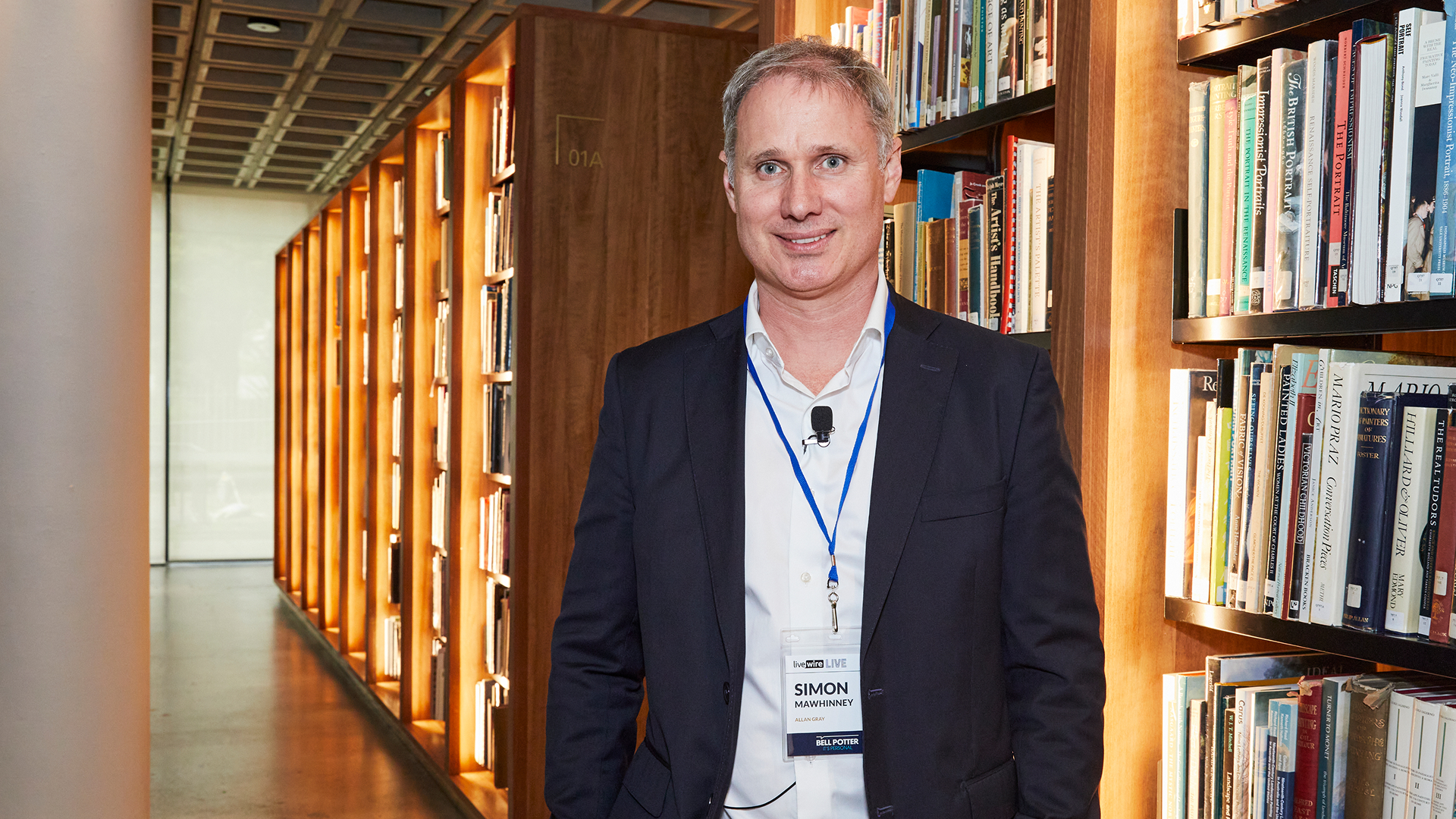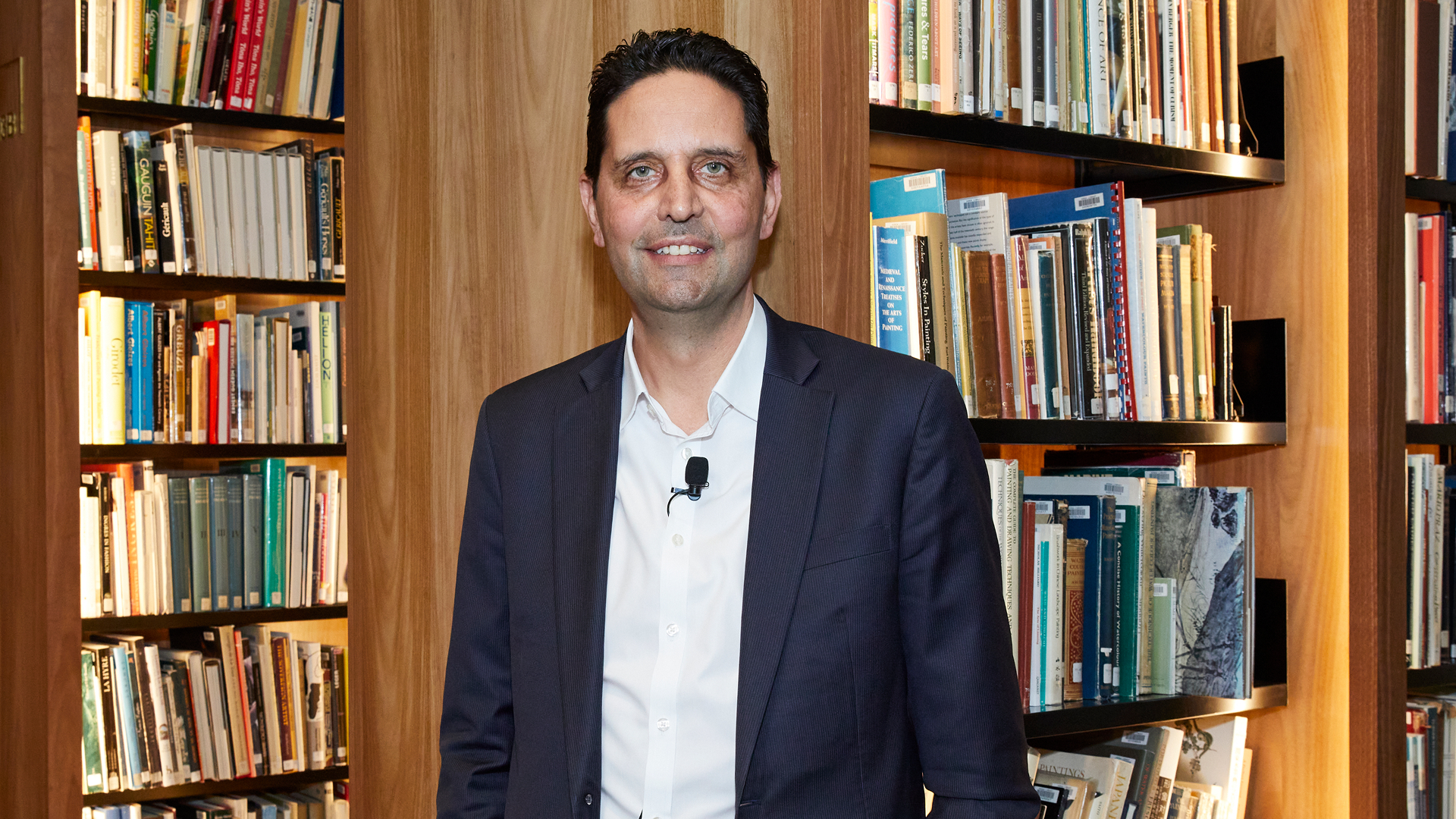High conviction: What we’re backing for the long term
The Australian market looks expensive, especially among large caps, but that doesn’t mean that there aren’t opportunities.
It’s been a successful twelve months for local investors.
In late August, the ASX 200 closed over 9,000 points for the first time. It’s also returned just under 11.0% including dividends over the last twelve months. At the smaller end of the market, the S&P/ASX Small Ordinaries is up 25.4%, including dividends, during this time.
Add in rate cuts from the RBA, with more to come, and it looks like things are starting to heat up. Right?
At Livewire Live 2025, Simon Mawhinney, Managing Director and Chief Investment Officer of Allan Gray, and Mark Landau, Joint Managing Director and Chief Investment Officer of L1 Capital, painted a cautious picture, but one where pockets of value still exist.
Top heavy and expensive
“It’s nuts that they’re priced the way they are for the growth they’re delivering” said Simon Mawhinney when asked for his thoughts on Australia’s largest listed companies.

Mawhinney is one of Australia’s most renowned value investors and once said “I’d rather stick pins in my eyes” than buy shares in Commonwealth Bank (ASX: CBA). Something panel host, Centennial Asset management’s, Matthew Kidman, took great delight in reminding him, even handing him some pins Kidman found at home.
According to Mawhinney, many of Australia’s largest businesses, such as Commonwealth Bank, NAB (ASX: NAB), Westpac (ASX: WBC), Wesfarmers (ASX: WES) and Goodman Group (ASX: GMG), have seen share prices rise despite earnings going backwards over the last three years.
In the case of Goodman Group, Wesfarmers and CBA, Mawhinney pointed out that, with a share price trading at around 27x next years earnings, these companies are valued similar to that of Nvidia (NASDAQ: NVDA), but with one core difference..
“And there's a company you may have heard called Nvidia that also trades at 27 times next year's earnings and it's vilified by the press as expensive, but it's grown its earnings also at 27% per annum, whereas those other three companies are growing at 6% per annum collectively.”
L1 Capital’s, Mark Landau, who has the benefit of being able to scour the globe for opportunities and go both long and short companies, agreed.
According to Landau, Australia current earnings multiple of around 20 is the highest multiple the market has traded on for over 40 years, only the period just before the crash of the dotcom boom and the COVID pandemic when earnings were temporarily depressed comes close.
He believes there’s more value outside of Australia especially when you compare the local market's price-to-earnings growth or PEG ratio (around 3x) to the USA or Europe..
“If you compare it to NASDAQ, which is a more expensive market, it's about 30 times earnings, but earnings growth for the NASDAQ is about 15%. So, it's about a PEG of two. And then again, if you look at Europe, Europe's on about 15 times, but you're getting about 10% earnings growth. So, a PEG of one and a half.”
Such numbers had Landau thankful for his global mandate.
Glittering Global Gold
Despite their bearish views overall, both were optimistic about the resources sector, particularly gold.

L1’s gold fund, which has been operating for around six months, is up more than 65% during that time, that’s even with a hedge against the gold price. He thinks that despite gold’s rise, that it is still being overlooked by global investors who are still focussing on tech and AI.
“I think what the market is missing at the moment is that I don't think the generalists have really got involved." - Mark Landau on gold.
Landau isn’t invested in any ASX-listed gold producers but is a fan of Toronto-listed K92 Mining (TSX: KNT).
In Mawhinney’s case, who is bound to stay within Australia’s coastlines, Newmont Mining (ASX: NEM) has been a winner, but again, he finds local valuations hard to stomach noting that many trade on multiples of free cash flow that exceed their reserves and resource lives.
“You're betting on two things. Either a successful exploration which has not been forthcoming in Australia or much higher gold prices.”
So, what are they backing for the long term?
Despite what it sounds, both Mawhinney and Landau could see areas ripe with opportunity.
With the largest companies in the world investing billions to build data centres, Landau is very bullish on copper, describing data centres as “just a massive block of copper”.
His top stock pick though was again an international name – Canadian miner, HudBay Minerals (TSK: HBM). Closer to home, he also mentioned dual-listed Capstone Copper (ASX: CSC). Elsewhere in the resources sector, he liked Mineral Resources (ASX: MIN) and Imdex (ASX: IMD).
In Mawhinney’s case, he believes for the “first time ever” that CSL (ASX: CSL) is presented attractively relative to the broader share market.
He also was a fan of medical supplies company, Ansell (ASX: ANN). On top of the fact that it has been perpetually buying back shares, he also believed that it is not getting the appreciation it arguably deserves.
“You pay a reasonable multiple for it, but it's a boring company and no one cares much for it. But it's those kinds of companies that we think probably protect capital the most and offer the greatest upside from here as well rather than the others.”
Valuations may be high, but, as explained by Simon Mawhinney, there is still value to be found, you just need to dig.
5 topics
12 stocks mentioned
3 contributors mentioned


